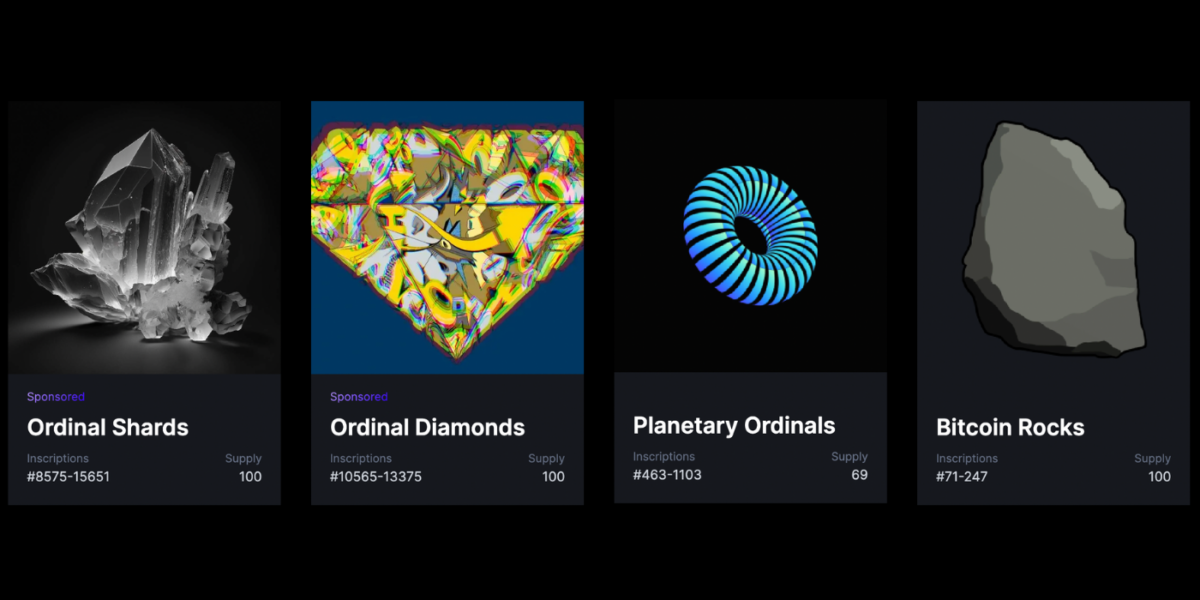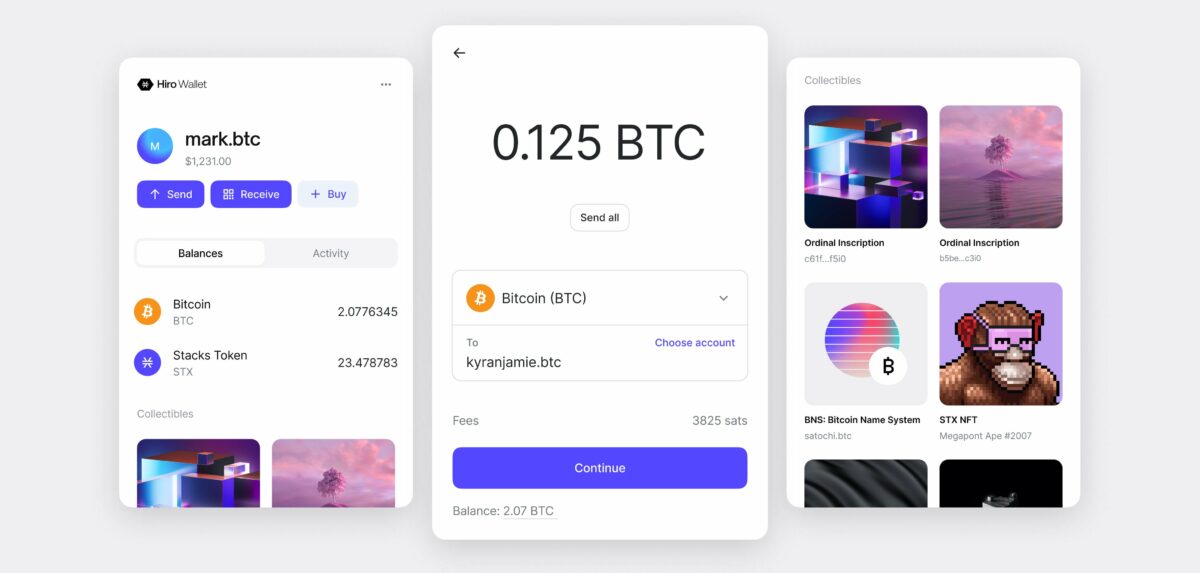Bitcoin Ordinals wallets have arrived

The rapid rise of Bitcoin Ordinals continues. With over 123,000 Ordinals inscriptions now forever written on the Bitcoin blockchain – and a thriving trading and auction scene for the most sought-after (read: low inscription number) tokens and collectibles – Bitcoin’s status as an NFT ecosystem is assured. While the chain’s version of NFTs has begun to proliferate in recent weeks, those looking to actually interact with the chain and obtain an Ordinal have had to deal with an opaque, slow, and centralized technical framework.
It was only a matter of time before Web3 developers began filling the demand for the severely lacking user-friendly interface. Let’s look at the solutions that have recently come to the fore.
Ordinal’s wallet
Ordinal’s wallet, which was published on February 16, is the latest Bitcoin wallet to come out with explicit support for Ordinals Inscriptions. The wallet allows users to “receive, store and view Ordinals” in the wallet while claiming that functionality to transfer, send, write and buy and sell Ordinals is coming soon.

The Xverse wallet
Just 24 hours before Ordinals Wallet went live, the Bitcoin Web3 Wallet Xverse officially launched the Bitcoin Ordinals service. “For the past year, we’ve focused on building the most advanced Bitcoin wallet,” the company’s announcement on Twitter read. “Today we launched premium support for spoken words.”
The wallet removes the need for users to run a full Bitcoin node in order to meaningfully interact with the blockchain. Users simply pay a transaction fee (which they can do in the wallet app itself). You also need to own some Bitcoin (BTC) to pay that transaction, which can also be purchased in-app using a fiat on-ramp service.
To enter an Ordinal, users must upload an image (or text) to the app and then send a transaction to their Ordinals address. NFT will appear in about half an hour in their Xverse NFT collection. The enrollment itself is carried out by Gamma.ioa Bitcoin NFT marketplace that has reportedly already minted five percent of all Ordinals on the chain. Xverse interacts with Stacks, a so-called layer 1.5 blockchain with its own NFT economy.
Hiro wallet
In the end, Hiro Wallet went ahead of both Xverse and Ordinals Wallet with its 14 February test network rollout. “The fun only begins when we roll out expansive support for both Stacks-based NFTs and Ordinal Inscriptions,” Hiro Wallet CEO Mark Hendrickson wrote during the wallet’s Bitcoin support launch this week.
Hiro Wallet works similarly to Xverse, with Gamma entering and Ordinals being deposited directly into a user’s account under a “Collectibles”. The company plans to release more updates in the coming days.

The rapid increase in user-friendly ways for Web3 enthusiasts to interact with the Bitcoin blockchain is indicative of the desire the NFT community has for the newfound NFT ecosystem. We follow the development of a completely new part of Web3 in real time. Expect more wallets, marketplaces, and user interfaces made explicitly with Bitcoin Ordinals in mind to appear in the coming weeks and months.
























